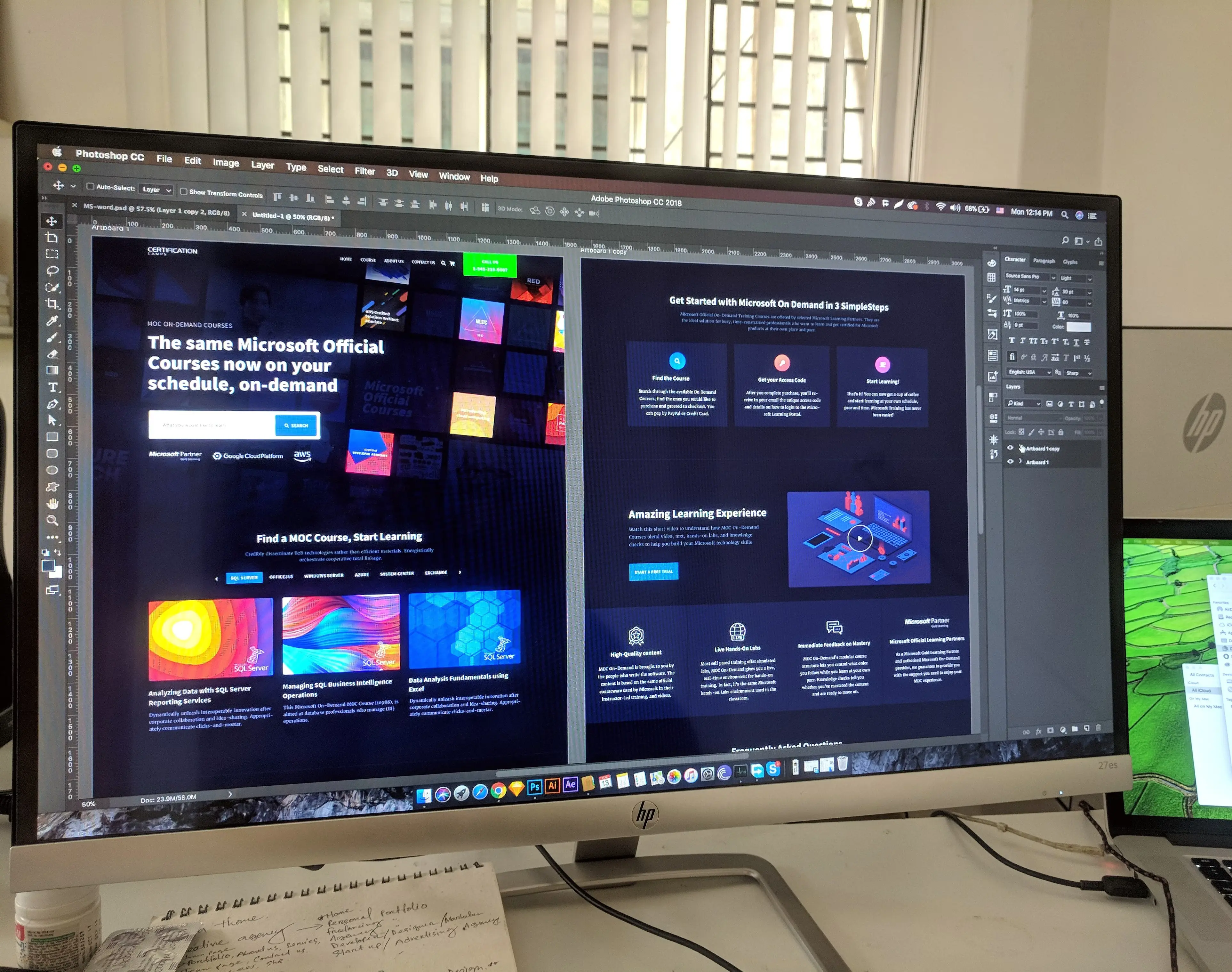Split testing takes the mystery out of website optimization. Essentially, you create two versions of a webpage with one difference between them, divide your visitors between these versions, and see which one performs better. Want to know if your new headline increases sign-ups? Split testing gives you a clear answer based on actual visitor behavior.

Split testing tools shine in several key scenarios:
Sites with clear conversion goals benefit tremendously. Whether you're tracking purchases, sign-ups, or content engagement, split testing tools show exactly which version drives more of these desired actions.
What makes these tools so effective is their methodology:
Many companies see significant conversion improvements within months of implementing a consistent testing program. This is why variant testing software is an essential part of any martech stack.
Pro tip: For Webflow users, a specialized platform like Optibase offers additional advantages. For instance, the platform’s features understand the unique structure of Webflow sites, eliminating technical headaches that generic tools might cause. With no-code setup and zero flickering between variants, the platform removes friction that often discourages regular testing.
Despite their benefits, split testing tools aren't right for every situation.
For brand new websites, focus first on building consistent traffic before investing in sophisticated variant testing software. Use that initial period to establish baseline metrics that will make future testing more meaningful.

Think of split testing as creating two completely different versions of a page at different URLs. Half of your visitors go to yoursite.com/original and half to yoursite.com/variation. This approach typically means building separate pages.
A/B testing, on the other hand, happens on a single URL. The page loads, and then JavaScript changes specific elements for designated visitors. Same address, different experience.
Split testing tools that use the separate URL approach typically offer:
Meanwhile, A/B testing tools that modify pages dynamically usually provide:
For most businesses, the practical difference comes down to what you're testing. Major layout overhauls often work better with split testing, while button color changes or headline tweaks are perfect for A/B testing.
Platform compatibility should top your checklist. If you've built your site on Webflow, look for variant testing software designed specifically for that environment. Platform-specific tools eliminate technical headaches and provide features that work with your exact setup.
Be honest about your technical capabilities. Some tools need developer involvement for implementation, while others offer visual editors that marketing teams can use independently. Choose a tool that matches who will actually run your testing program.
Key features worth paying attention to:
Budget matters too. Enterprise solutions often include features you'll never use. Focused tools that address your specific needs frequently provide better value without the unnecessary bells and whistles.
Start with a simple test to learn the platform before diving into complex experiments. This approach helps you understand the software's workflow while collecting initial insights.
The biggest challenge in split testing isn't technical but psychological.
Teams struggle to embrace a culture where being wrong is valuable. The moment you realize that being proven wrong about your assumptions is just as valuable as being right, testing becomes transformative.
Start thinking about testing as structured learning rather than validation. Every test, regardless of outcome, gives you insights about your audience's preferences and behaviors. Real power comes from developing a hypothesis-led approach, where each test builds on previous learnings.
What is the difference between split testing and A/B testing?
Split testing is when you create completely different URLs for each page version. A/B testing modifies elements on the same URL. Split testing works well for major layout changes, while A/B testing is often simpler for testing smaller elements like buttons or headlines. Both approaches help you discover which version performs better with your audience.
Are split testing tools suitable for low-traffic websites?
Low-traffic sites face real challenges with testing. Consider alternatives like qualitative user testing with 5-7 representative users, which can reveal usability issues a lot faster than split testing. Alternatively, focus on building traffic first through content and promotion strategies before investing in split testing tools (but that’ll take time).
What features should I look for in a variant testing software?
Look for platform compatibility with your website technology (especially important for Webflow users), user-friendly test creation interfaces, reliable statistical analysis, audience segmentation capabilities, and integration with your analytics platform. For non-technical teams, visual editors and no-code setups are particularly valuable. The best variant testing software matches your specific needs without unnecessary complexity that goes unused.